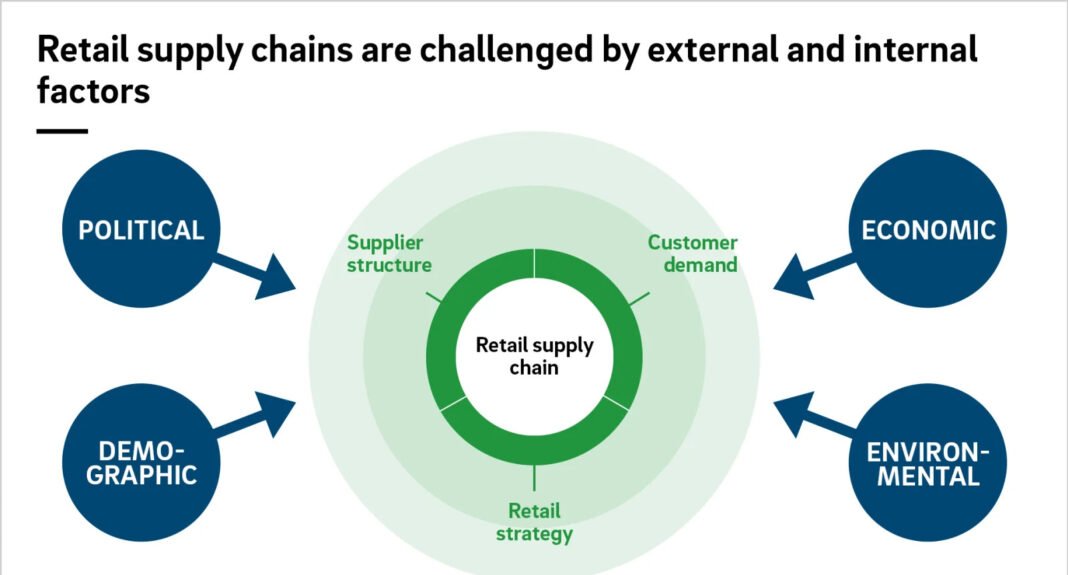The intricate web of interconnected processes that constitute modern supply chains has enabled businesses to thrive in a globalized world. However, this complexity also exposes supply chains to various vulnerabilities, ranging from natural disasters and geopolitical tensions to technological disruptions and pandemics.
Diversification and Redundancy
The COVID-19 pandemic laid bare the risks associated with concentrated supply chains heavily reliant on a single source or geographic region. Companies heavily invested in such chains found themselves grappling with sudden disruptions in production, transportation, and sourcing. The importance of diversification and redundancy became evident as businesses with a diversified supplier base were better equipped to pivot their operations and mitigate disruptions. This lesson underscores the necessity of spreading risk across multiple suppliers, regions, and transportation modes to ensure continued operations in the face of unforeseen challenges.

Agility and Flexibility
The rapid onset of the pandemic highlighted the need for supply chains to be agile and flexible. Organizations that could quickly adapt to changing demand patterns and supply constraints emerged stronger. Embracing digital technologies, such as advanced analytics and AI-driven forecasting, allowed companies to gain real-time insights into their supply chain dynamics. This empowered them to make informed decisions swiftly, adjusting production, inventory levels, and distribution strategies in response to evolving circumstances. The ability to pivot rapidly and efficiently is a critical trait for modern supply chains.
Also Check: Best Online Clothing Shopping Sites In India
Also Check: Top 10 Social Media Platforms
Collaboration and Communication
Global challenges emphasized the significance of strong collaboration and transparent communication within supply chains. The pandemic underscored the necessity of close coordination between suppliers, manufacturers, distributors, and retailers to ensure the seamless flow of goods. Those with well-established communication channels and collaborative relationships were better equipped to share information, manage disruptions, and collectively find solutions. This experience reinforces the idea that fostering a sense of partnership and maintaining open lines of communication throughout the supply chain can mitigate disruptions effectively.
Risk Assessment and Contingency Planning
The Fukushima earthquake, the Suez Canal blockage, and the semiconductor shortage have all emphasized the importance of proactive risk assessment and contingency planning. Organizations need to identify potential vulnerabilities within their supply chains and develop strategies to mitigate the impact of disruptions. This involves understanding critical dependencies, assessing the feasibility of alternative routes or suppliers, and establishing backup plans for key components. By anticipating and planning for potential disruptions, companies can reduce the severity of the impact and ensure a faster recovery.
Sustainability and Ethical Considerations
Global challenges have also heightened awareness regarding sustainability and ethical considerations within supply chains. Consumers are increasingly demanding transparency and responsible practices. Organizations that integrate sustainability initiatives into their supply chain strategies not only contribute to a better world but also create a competitive advantage. By promoting responsible sourcing, reducing waste, and supporting ethical labor practices, companies can build stronger relationships with customers and stakeholders, enhancing their overall resilience.
Conclusion
Navigating supply chain disruptions is a multifaceted endeavor that requires a strategic approach and continuous adaptation. The lessons learned from recent global challenges emphasize the importance of diversification, agility, collaboration, risk assessment, and sustainability. By incorporating these lessons into supply chain strategies, businesses can enhance their ability to withstand shocks and uncertainties, ensuring their long-term success in an interconnected and rapidly changing world.
.
.
.
All images are taken from Freepick, Unplash, Pixabay, Internet & from respected Companies

